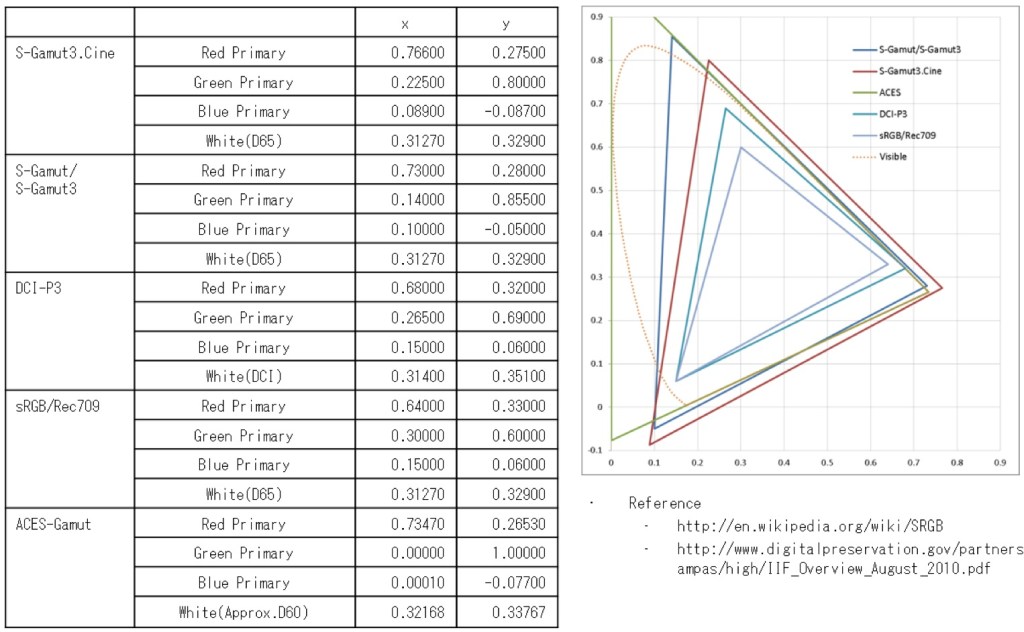Why is that light is calculated as using the same speed independently from the medium?
http://rationalwiki.org/wiki/Speed_of_light Suppose a baseball pitcher is standing on a train moving at 90 miles per hour relative to the ground. The pitcher throws a 90 mile-per-hour fastball towards the back of the train. While the pitcher and anyone else on the train would measure the speed of the baseball as 90 miles per hour, an observer on the ground would measure the baseball’s speed as 0 miles per hour – the motion of the ball against the train cancels out as far as the observers on the ground are concerned. That is, the baseball would appear to hang in midair, until the back wall of the train caught up to it.
Similarly, if the pitcher threw the ball in the other direction, at the same speed, the people on the ground would see the ball travel at an impressive 180 miles per hour, as the ball would gather momentum from the train and the speeds would combine. However, if the pitcher shines a flashlight toward the back of the train, he would measure the speed of the light as c…and so would the observer on the ground.
Light can travel in a vacuum, and Maxwell’s equations simply say what the speed is, and are perplexingly silent on the “medium” that it is measured relative to. The speed of light is considered to be an ultimate speed limit–massive objects can obtain speeds arbitrarily close to the speed of light, but can never reach it.
Relativity predicts that an infinite amount of energy would be required to accelerate an object of any mass to the speed of light – particles without mass, however, can travel at the speed of light.
Suppose Alice observes a light beam. She must therefore be able to observe oscillating electric and magnetic fields, since that’s what light is. Now suppose that she notices Bob traveling at the speed of light alongside that light beam. Bob does not observe oscillating fields; since he’s traveling at the same speed as the oscillations, he would see static fields. Without oscillating fields, there is no light, so the light beam does not exist. But we have postulated that Alice sees a light beam, so it must exist. We therefore have a contradiction, and must abandon one of the following:
a.) Alice can observe light;
b.) Bob can travel at the speed of light. We can observe light, so we drop the idea that Bob can travel at the speed of light. Thus, travel at light speed is not possible.
The existence of some faster-than-light particles, such as tachyons, has been suggested. Tachyons, if they existed, would be confined to the “other side” of the light-speed barrier; they would be restricted to speeds faster than the speed of light
Views : 1,006













